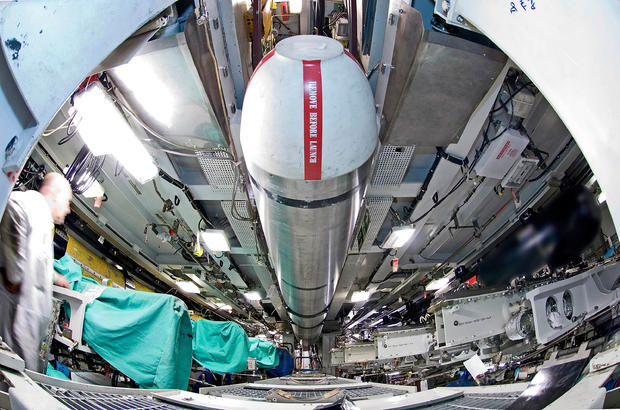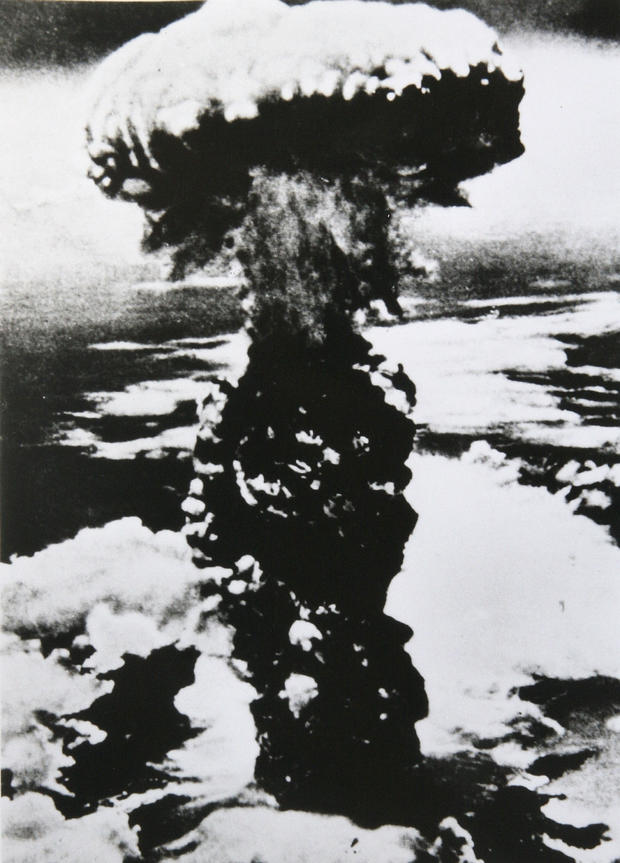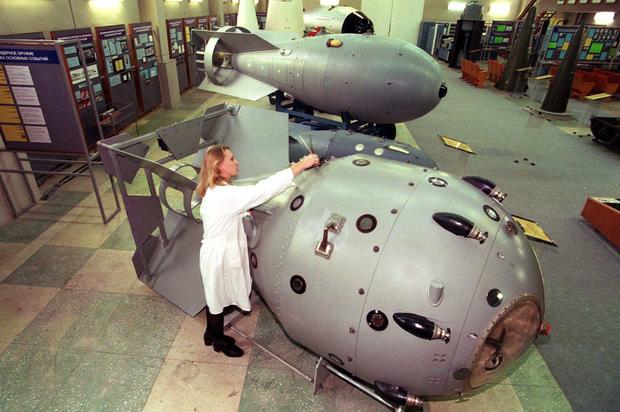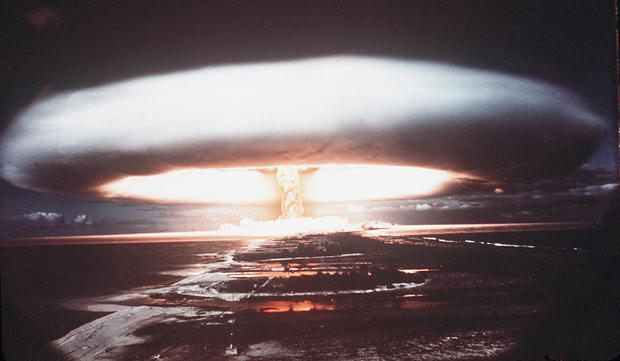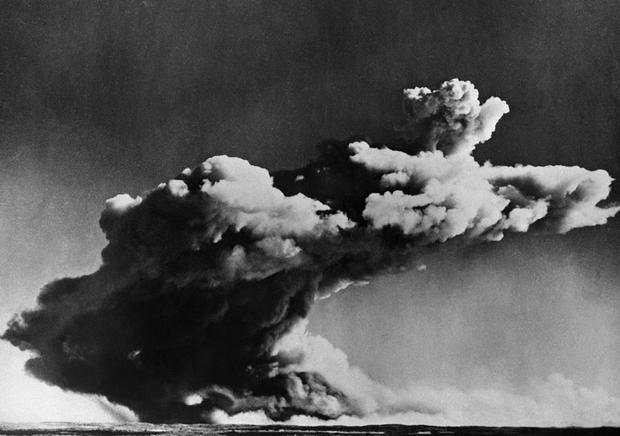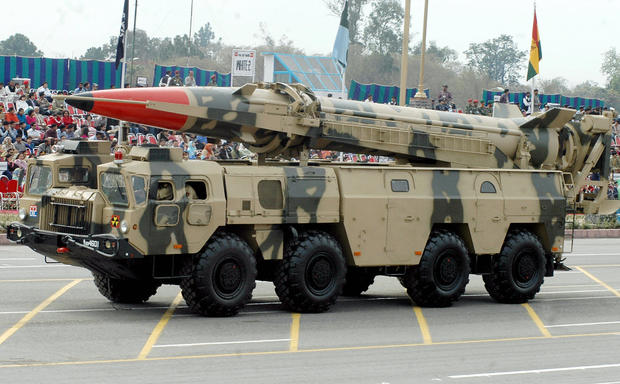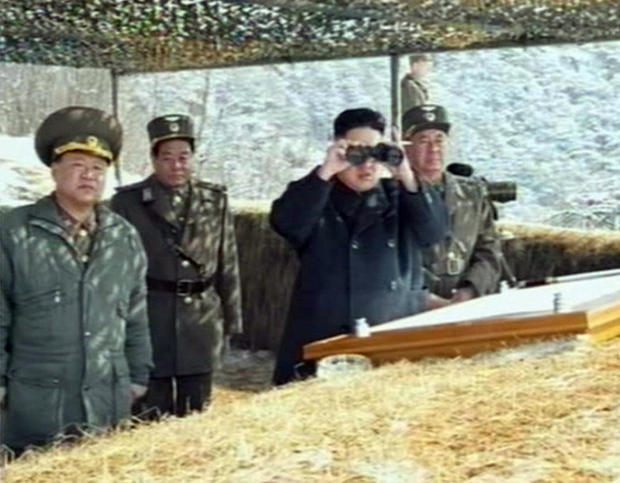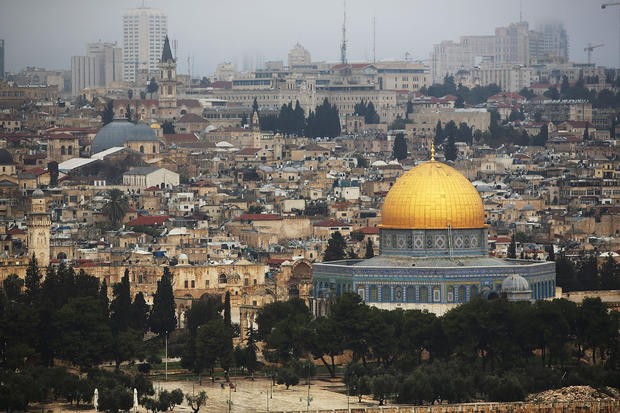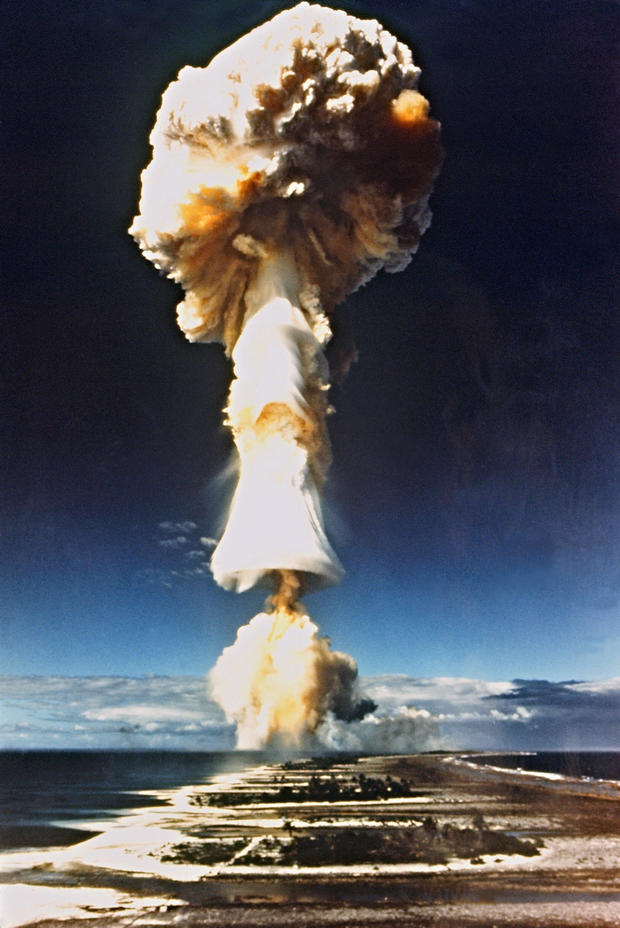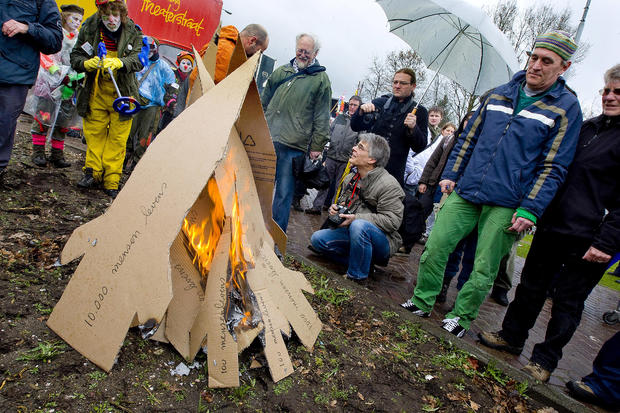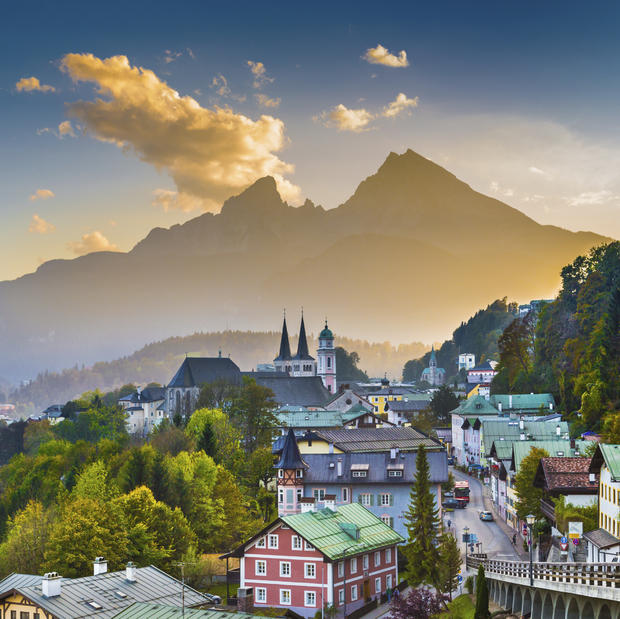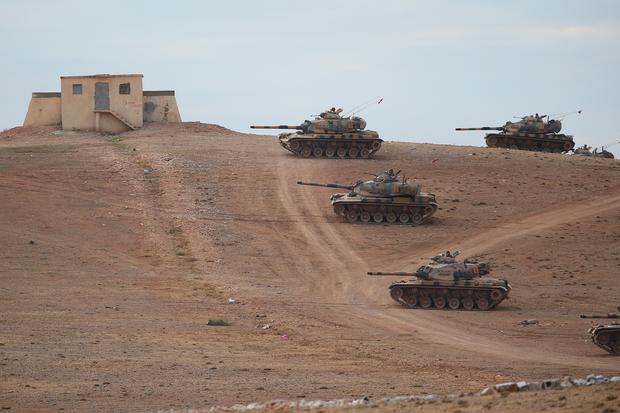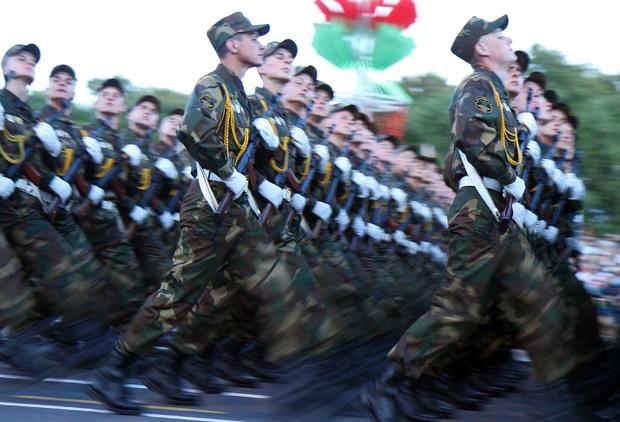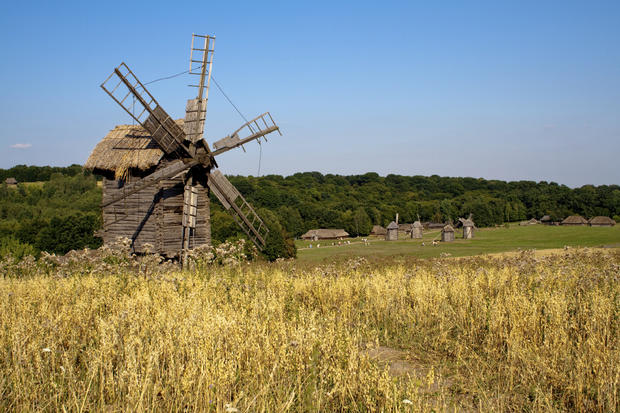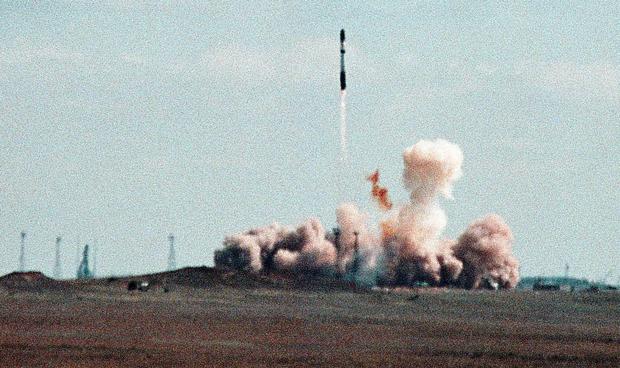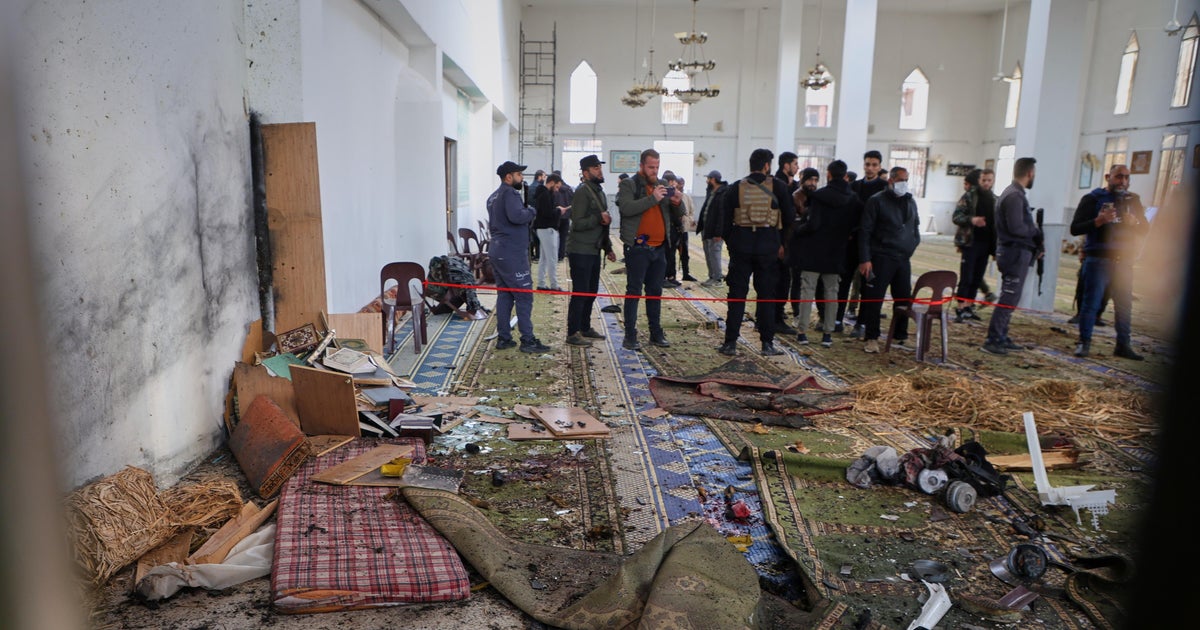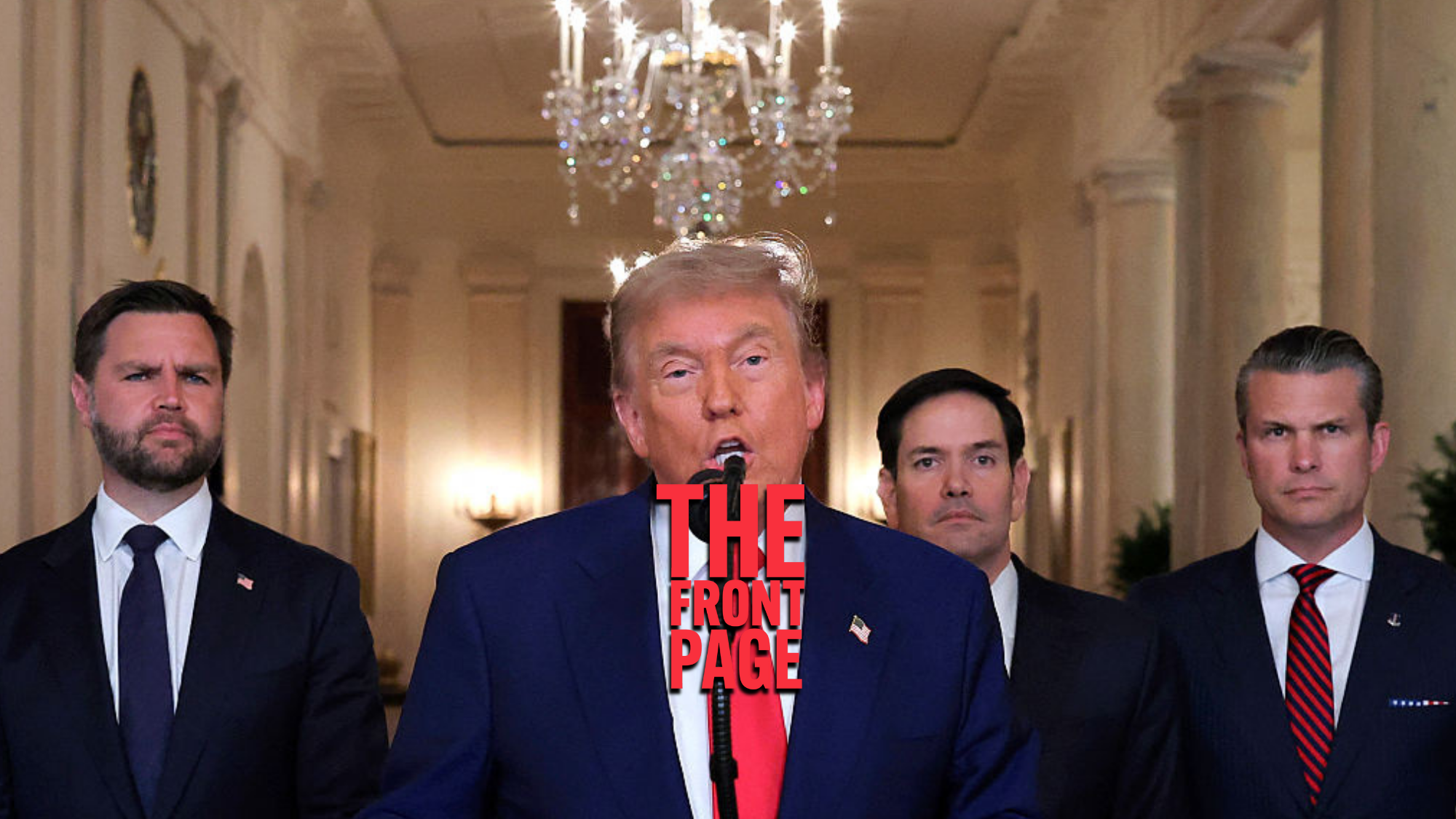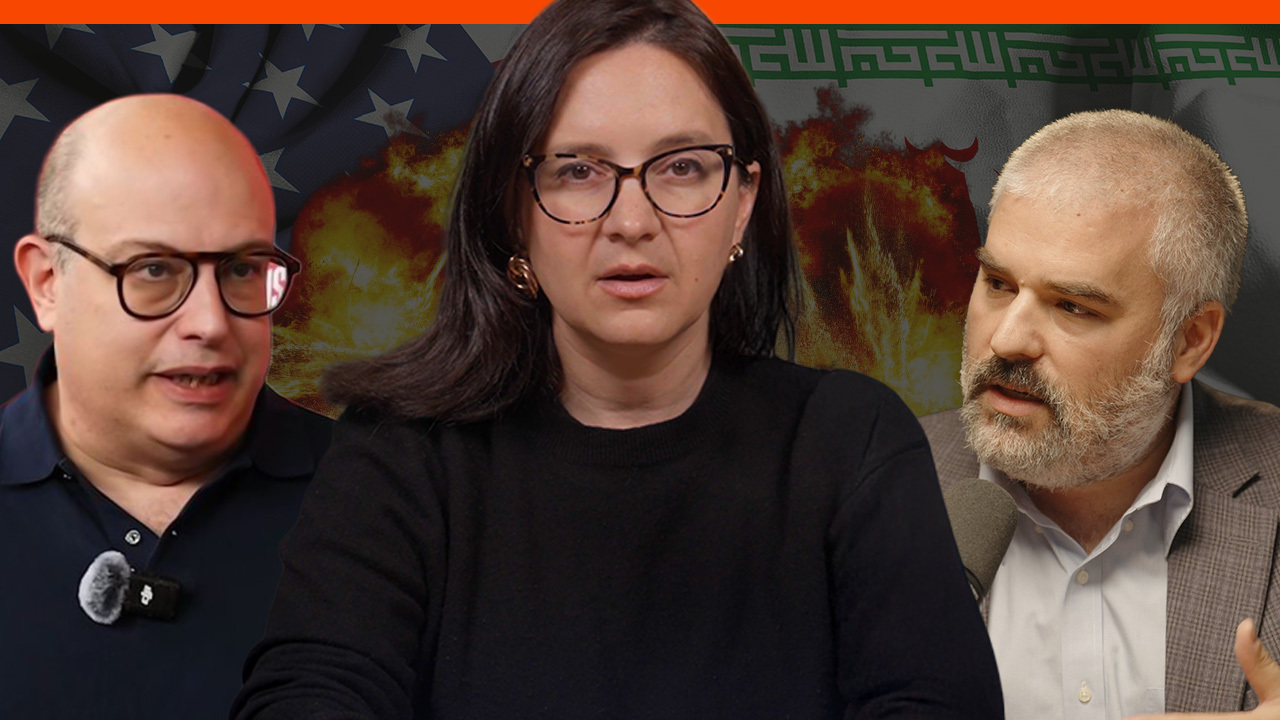Who has the nukes?
The U.S. and other world leaders have expressed growing concerns over North Korea's nuclear capability and threats of nuclear tests coming from the Hermit Kingdom. But like so much else that goes on in North Korea, the country's nuclear capabilities are a subject of speculation.
So, which countries do have nukes? And which kinds? Which countries have successfully tested them? And when? Which countries used to have them but don't anymore? We break it all down...
United States
According to the Federation of American Scientists, as of September 2015, the United States has an estimated inventory of 7,200 nuclear warheads, with a nuclear triad (sea, air, and land-based weapons) and 1,900 warheads strategically deployed.
Th U.S. first tested its nuclear weapons on July 6, 1945 with the Trinity test in New Mexico. Less than a month later, the United States dropped atomic bombs on the Japanese cities of Hiroshima and Nagasaki (seen here), during World War II.
Russia
Russia also has a nuclear triad of sea, air, and land-based warheads. Though exact details are scarce, the Federation of American Scientists (FAS) estimates the country's inventory at around 7,500 warheads. Of those, an estimated 1,780 are strategically deployed and an estimated 3,000 are retired, awaiting dismantlement.
Here, a nuclear museum staffer cleans the first Soviet nuclear bomb, tested in 1949, just in front of the country's first thermonuclear bomb. Sarov, a town of some 84,000 inhabitants, surrounded by a tightly guarded no-man's-land with three barbed wire fences to keep the curious away from Russia's nuclear secrets, sits about 280 miles east of Moscow.
France
As of September 2015, France has a nuclear inventory of 300 warheads, 290 of which are strategically deployed, according to FAS. It has sea and air-based weapons, but not land-based. The country first tested its nuclear arsenal on Feb. 13, 1960.
This picture, taken in 1971, shows a French nuclear explosion in Mururoa atoll. France said on March 24, 2009 it will compensate 150,000 victims of nuclear testing carried out in the 1960s in French Polynesia and Algeria, after decades of denying its responsibility. An initial sum of 10 million euros (14 million dollars) has been set aside for military and civilian staff as well as local populations who fell ill from radiation exposure.
China
Though some have suggested China might have as many as 3,000 warheads, the Federation of American Scientists estimates their nuclear inventory at a much more modest 260. And while it's suspected the People's Republic has a nuclear triad, none of China's warheads are believed to be strategically deployed.
Here, visitors walk past China's second nuclear missile on display at the Military Museum in Beijing.
United Kingdom
The last of the five countries considered "nuclear-weapon states" (NWS) under the terms of the Treaty on the Non-Proliferation of Nuclear Weapons (NPT), is the United Kingdom. The U.K. has an estimated nuclear inventory of 215 warheads, according to FAS, all of which are sea-based weapons. One hundred fifty of those nuclear weapons are strategically deployed on British submarines.
This picture depicts the first British nuclear bomb test, conducted in the Archipelago of Montebello, October 3, 1952.
India
Since the Non-Proliferation Treaty entered into force in 1970, three countries have conducted nuclear tests that were not party to the international treaty. India, for example, is estimated to have somewhere between 110-120 nuclear warheads, all in central storage. The country is currently developing more, with its sights on a nuclear triad.
Here, an Agni III nuclear capable missile is paraded during the Republic Day Parade in New Delhi, India on Jan. 26, 2009.
Pakistan
The second Non-NPT nuclear power is Pakistan, which FAS estimates to have between 120-130 land- and air-based warheads, all of which are believed to be in reserve.
Here, Pakistani spectators watch as the Shaheen I medium-range ballistic missile, capable of carrying a nuclear warhead, drives past with its launcher during the National Day parade in Islamabad, March 23, 2005.
North Korea
The last of the three Non-NPT nuclear powers is North Korea. Despite three very public tests and statements to the contrary, however, it is not currently believed that the country has either miniaturized or operationalized its nuclear weapons capability. In fact, a 2013 world survey by the U.S. Air Force National Air and Space Intelligence Center concluded that none of North Korea's ballistic missiles have any nuclear capability.
Israel
Though Israel maintains a strategic ambiguity about its nuclear arsenal, it's widely suspected that the country has developed a nuclear triad. In fact, the Federation of American scientists estimates that Israel likely has around 80 warheads.
In 1979, an unidentified "double flash" of light, now known as the Vela Incident, was detected by an American satellite near the Prince Edward Islands. The incident is widely suspected to have been a joint nuclear test between Israel and South Africa, but no one really knows for sure. Then in 1986, a former Israeli technician, named Mordechai Vanunu, leaked information and photographs of nuclear weapons, sites and designs to the British press.
World nuclear powers - wrap up
In sum, there are currently two triad powers -- the U.S. and Russia -- who have sea-, air-, and land-based nuclear weapons. There are two emerging triad powers: China and India. There is one suspected triad power: Israel. And there are four nations with nuclear capabilities that are not yet triad powers: France, the U.K., Pakistan and North Korea.
There are also five NATO nuclear weapons-sharing states that should be noted...
Netherlands
As part of NATO's nuclear-sharing policy, a number of countries without their own nuclear warheads can host the weapons of other nuclear powers on their soil, have a seat at discussions on the use of nuclear weapons by NATO, and provide armed forces to aid in the delivery of those weapons. As part of that nuclear deterrence policy, the Netherlands currently host some of the United States' warheads.
Here, peace activists in the Netherlands burn cardboard cutouts of nuclear missiles during a protest against the storage of USAF nuclear weapons in front of the military air force base at Volkel, April 3, 2010.
Germany
As part of NATO's nuclear-sharing policy, Germany also hosts some of the United States' nuclear weapons. In times of peace, these U.S. warheads on foreign soil are guarded by U.S. airmen. The Permissive Action Link codes required to arm them always remain under American control.
Belgium
Belgium hosts a number of U.S. warheads on its soil, as well. In times of war, those weapons would be mounted on Belgium's warplanes.
Italy
Italy also hosts American nuclear weapons, through NATO's nuclear-sharing program. They include PGM-19 Jupiter medium-range ballistic missiles and around 40 B61 nuclear bombs.
Turkey
Turkey is the fifth and final foreign nation that currently hosts U.S. warheads. Greece and Canada used to, but don't any longer. Much like Italy, the American weapons stored in Turkey include PGM-19 Jupiter medium-range ballistic missiles with dual key systems.
In addition to the five NPT-designated nuclear weapon states, the three non-NPT nuclear powers, Israel, and the five NATO nuclear weapon sharing states, there are four countries that used to possess nuclear weapons, but don't any longer. They are...
Belarus
When the Soviet Union collapsed in 1991, Belarus was left with around 81 single warhead missiles. In May 1992, it agreed to the Nuclear Non-Proliferation Treaty. However, by 1996, all of Belarus' nuclear weapons had been transferred to Russia.
Ukraine
Much like Belarus, Ukraine inherited a bundle of nukes when the Soviet Union collapsed in 1991 ... about 5,000 actually, classifying it as the third-largest nuclear arsenal in the world. By 1996, however, Ukraine opted to transfer all of its nuclear weapons to Russia and have them disassembled.
South Africa
In the 1980s, South Africa put together six nuclear weapons. By the early 1990s, however, it had disassembled all of them and signed the Nuclear Non-Proliferation Treaty.
Here, Greenpeace activists locked themselves to a mock Trojan horse and chained it to the front gate of the South African Department of Energy's building with a banner reading "No future in nuclear," Aug. 25, 2015.
Kazakhstan
Like Belarus and Ukraine, Kazakhstan inherited around 1,400 nuclear weapons when the Soviet Union collapsed in 1991. By 1995, it had transferred them all to Russia and signed the Nuclear Non-Proliferation Treaty.
Here, a missile SS-18 ("Satan") with a British satellite instead of a nuclear bomb in its head takes off from the Baikonour cosmodrom in western Kazakhstan, April 21, 1999. It was a test launch, starting a new joint Russo-Ukrainian project called "Dnepr" for the conversion use of strategic nuclear missiles for peaceful commercial launches.

